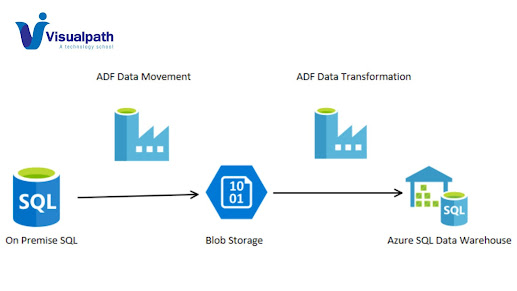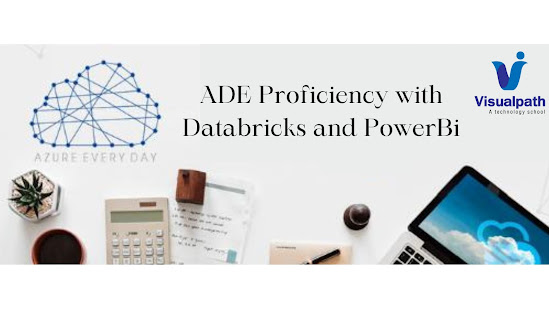Azure Databricks Connectivity with Power BI Cloud

Azure Databricks can be connected to Power BI Cloud to leverage the capabilities of both platforms for data processing, analysis, and visualization. - Azure Databricks Training Here are the general steps to establish connectivity between Azure Databricks and Power BI Cloud: 1. Set up Azure Databricks: - Make sure you have an Azure Databricks workspace provisioned in your Azure subscription. - Create a cluster within Databricks to process your data. 2. Configure Databricks JDBC/ODBC Endpoints: - Open your Azure Databricks workspace. - Go to the "Clusters" tab and select your cluster. - Under the "Advanced Options," enable JDBC/ODBC. 3. Get JDBC/ODBC Connection Information: - Note down the JDBC or ODBC connection details provided in the Databricks workspace. This includes the JDBC/ODBC URL, username, and password. - Azure Data Engineering Training in Ameerpet 4. Power BI Desktop: - Open Power BI Desktop. 5. Get Dat...

.jpg)



